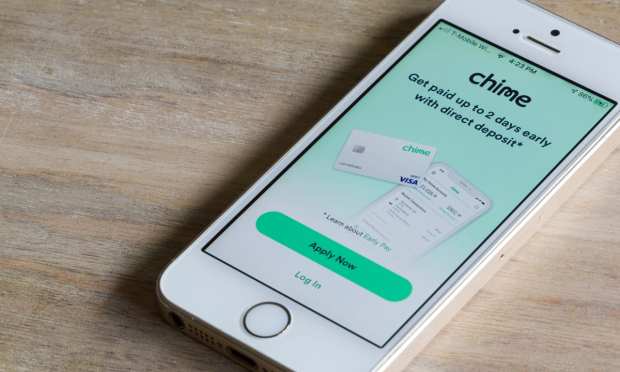Chime CEO Predicts Mobile Banking Surge Is Here To Stay

Chime, a mobile-based startup delivering banking services that has gained strength during the pandemic, is here to stay, according to CEO Chris Britt, CNBC reports.
The company’s good fortunes come as people have largely stopped trying to conduct business transactions in person that they can do online. Chime’s transaction volume has more than tripled this year.
“COVID and the pandemic have just accelerated the trend that was already in motion,” he said at the CNBC Disruptor 50 Summit on Wednesday, CNBC reports. “There’s an increasing willingness to provide and manage your finances through a mobile app. Particularly for the younger generation, the notion of going in to fill out forms to get basic financial services is really becoming a relic of the past.”
Britt added that one strength of Chime’s was not charging a fee on checking accounts and also letting customers overdraw without imposing a fee on that. Paychecks can be accessed a few days early, too, he added. People, he said, have “a lot of anxiety” about their money.
Chime was founded in 2013 as a challenger bank, focusing on the demographic of Americans earning between $30,000 and $75,000 per year, although this demographic has widened in the pandemic.
The company was the recipient of a funding round in September valuing the company at $14.5 billion. That made it the most valuable American FinTech serving retail customers. The company also became profitable during the pandemic, CNBC writes.
The pandemic has made digital banking more visible than it was before, turbo-charging the development of the field as people looked for ways to stay safe and avoid catching COVID-19. Online account openings increased 200 percent in April, while mobile traffic on the banking apps shot up 85 percent.
